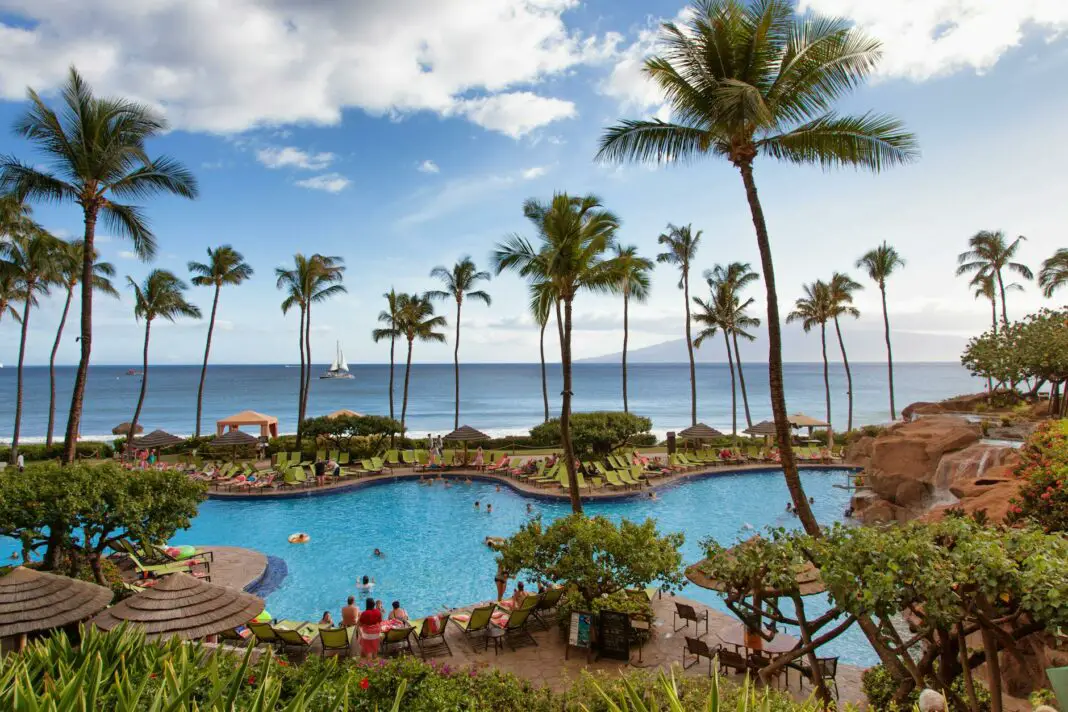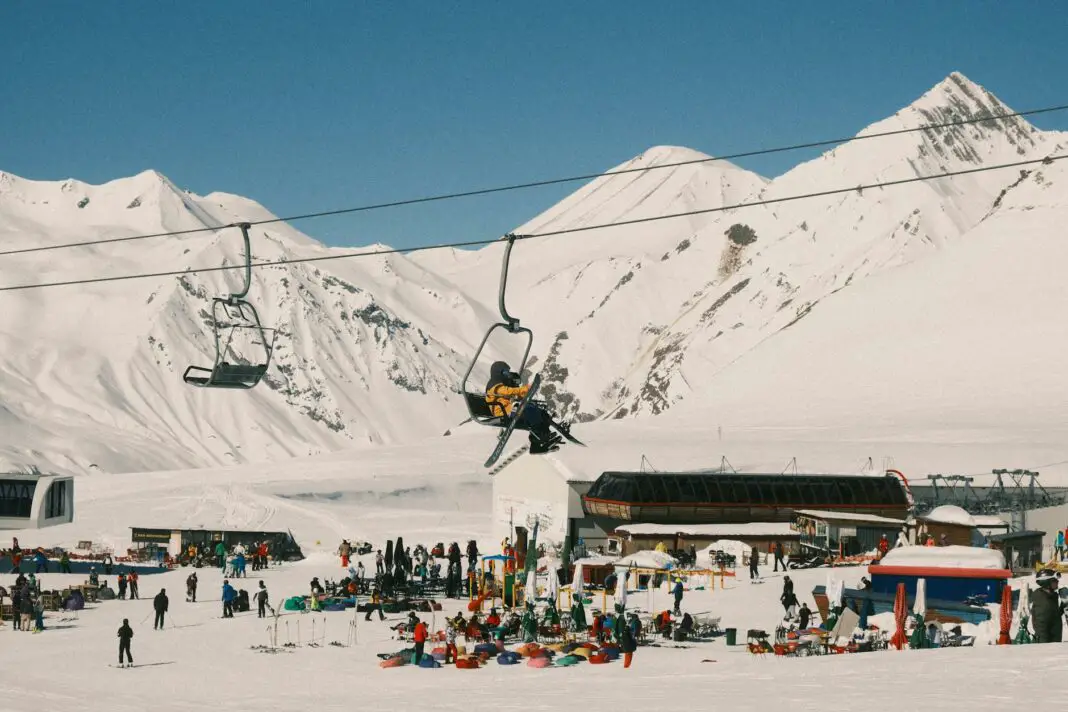**Table of Contents**
1. **Overview of Ski Resort Safety Regulations**
2. **Ski Resort Infrastructure and Facility Maintenance**
3. **Training and Certification of Ski Resort Staff**
4. **Emergency Response Procedures**
5. **Understanding the Responsibility of Skiers**
6. **Safety Equipment and Gear Requirements**
7. **The Role of Technology in Ski Safety**
8. **Are Regulations Enough for Every Situation?**
9. **Navigating Safety and Enjoyment at Ski Resorts**
10. **Final Thoughts on Ski Resort Safety Measures**
11. **Frequently Asked Questions (FAQ)**
Skiing is undeniably one of the most exhilarating winter sports, blending breathtaking scenery with the thrill of gliding down slopes. However, the experience can be tinged with uncertainty, especially regarding safety. As skiers embark on their alpine adventures, the question arises: Are ski resort safety regulations strong enough to protect you? This blog post delves into the intricate web of rules and practices that govern ski resorts, shining a light on their effectiveness while also exploring the personal responsibilities of those who partake in this adrenaline-inducing pastime.
With safety in mind, it’s essential to consider how well the regulations safeguard skiers and snowboarders. From the maintenance of ski lift equipment to the training of staff, every aspect is crucial in ensuring a secure skiing environment. This discussion not only emphasizes the importance of established rules but also encourages a deeper understanding of shared responsibilities among all visitors.
**Overview of Ski Resort Safety Regulations**
At the heart of every ski resort lies a comprehensive set of safety regulations designed to mitigate risk and enhance the overall skiing experience. These frameworks cover various aspects, from slope management to equipment inspection. Regulations are continuously updated based on the latest industry practices, scientific research, and historical incident reviews. Moreover, skiing is not a static sport; as conditions change—from weather variability to evolving skier demographics—so too must the regulations adapt. This proactive approach underscores an unwavering commitment to safety, aiming to create a secure environment for everyone.
Importantly, these rules are not just arbitrary numbers on a page; they serve as vital mechanisms enabling ski resorts to protect their guests. Stringent safety protocols ensure thorough inspections of lifts, signage about difficult terrain, and guidelines for visitor behavior are effectively communicated. By understanding these regulations, skiers can actively participate in their own safety, contributing to a culture of vigilance and care on the slopes.
**Ski Resort Infrastructure and Facility Maintenance**
An integral component of ski resort safety lies in the infrastructure’s strength and integrity. The design and maintenance of lifts, trails, and other facilities are meticulously regulated. Ski lifts must undergo routine inspections to ensure they meet established safety standards, minimizing the risk of malfunctions. In addition, terrain parks and slopes are regularly surveyed to identify hazards, allowing resorts to maintain safe skiing environments.
Moreover, timely repairs and upkeep are crucial during the winter season. Snow conditions can change rapidly, so prompt attention to icy patches or obstacles can prevent accidents. Resorts that prioritize facility maintenance foster a culture of reliability and safety, ultimately ensuring that families, adventurers, and athletes alike can enjoy their time on the mountain without undue concern.
**Training and Certification of Ski Resort Staff**
The staff at ski resorts play a pivotal role in promoting safety. From instructors to lift operators, each employee undergoes extensive training and certification processes that equip them with essential skills and knowledge. Well-trained staff members are not only responsible for maintaining operational safety, but they also serve as guides and resources for guests seeking assistance.
Understanding skills such as first aid, risk assessment, and emergency evacuation enhances the overall experience for skiers. When guests feel confident in the abilities of resort personnel, they can focus more on enjoying their adventure rather than worrying about potential risks. The investment in staff training proves invaluable, as it reflects a robust commitment to fostering secure environments within ski resorts.
**Emergency Response Procedures**
Despite comprehensive safety regulations, emergencies can happen. What matters is how effectively resorts are prepared to respond when they do. Ski resorts have established detailed emergency response protocols that encompass a range of situations, from minor falls to severe accidents. These procedures often include on-site medical teams ready to provide immediate care, communication systems to alert authorities, and evacuation plans tailored to various locations on the mountain.
Having structured response plans in place not only minimizes the consequences of accidents but also instills confidence in visitors. Knowing that a resort has a clear course of action during emergencies significantly lessens the anxiety that may accompany skiing large, unfamiliar areas. Guests are likely to feel more at ease and enjoy the slopes even more when they know help is readily available if needed.
**Understanding the Responsibility of Skiers**
While ski resorts implement robust safety measures, personal responsibility is a critical element that cannot be overlooked. Educating skiers about safe practices, such as adhering to trail signage, avoiding reckless behavior, and understanding their own limits, plays a significant role in mitigating risks. Visitors must embrace an active role in ensuring their safety and that of others.
Ski resorts often promote safety awareness campaigns highlighting best practices for skiing and snowboarding. Participation in these initiatives encourages guests to develop a safety-conscious mindset. This sense of accountability cultivates a safer environment for everyone, ultimately fostering camaraderie and respect among fellow skiers and snowboarders.
**Safety Equipment and Gear Requirements**
Another essential component of skiing safely lies in the correct choice of gear. Recommended safety equipment, such as helmets and pads, is becoming increasingly prevalent on the slopes. Many resorts have instituted policies requiring skiers and snowboarders to wear helmets, especially in certain areas, as a means to promote head safety. This proactive stance exemplifies a caring approach to understanding the risks involved in the sport.
In addition to helmets, the proper selection of skis, bindings, and snowboards tailored to individual skill levels and snow conditions can drastically reduce the potential for injuries. Ski resorts provide guidance and resources to assist skiers in making informed choices about their equipment. Visitors who are well-equipped with suitable gear can have a more enjoyable experience, knowing they are prepared for the challenges they may encounter on the slopes.
**The Role of Technology in Ski Safety**
As technology evolves, so too does its application in enhancing safety on the slopes. Many ski resorts have begun utilizing innovative tools such as tracking devices, automated safety systems, and smart apps to improve situational awareness. These advancements allow skiers to monitor conditions in real-time, receive alerts about dangers, and even connect with ski patrol members seamlessly.
Incorporating technology into safety protocols not only provides skiers with vital information but also supports resort staff in managing risks and improving overall response capabilities. Embracing this fusion of technology and safety creates an environment where skiers and snowboarders feel supported and informed, ultimately enriching their winter sports experiences.
**Are Regulations Enough for Every Situation?**
While ski resort regulations aim to create safe environments, one must acknowledge that rules alone may not suffice in every scenario. External factors like unpredictable weather and human behavior can complicate matters and often challenge established safety practices. Ultimately, resorts strive to create an equilibrium between enforcing regulations and fostering personal responsibility among guests.
Interestingly, fostering a culture of trust and open communication may further bridge the safety gap. By encouraging skiers to report unsafe conditions and voice concerns, resorts can adapt and address potential hazards before incidents arise. This collaborative approach signals a commitment to skier safety, demonstrating that both resorts and visitors share the responsibility for maintaining a secure skiing environment.
**Navigating Safety and Enjoyment at Ski Resorts**
Finding the balance between ensuring safety and maximizing enjoyment is key to an unforgettable experience at ski resorts. The very essence of skiing involves pushing oneself beyond comfort zones, and it’s essential to cultivate a mindset that values both thrill-seeking and safety. This judicious navigation between fun and caution will ultimately enrich one’s time spent on the mountains.
Ski resorts recognize this need and strive to create initiatives that promote not just safety but also enjoyment. Events, lessons, and community-building activities invite guests to explore the slopes actively while emphasizing responsible skiing. Visitors who embrace this dual focus cultivate memorable experiences, reinforcing the idea that safety and enjoyment can coexist beautifully in the world of winter sports.
**Final Thoughts on Ski Resort Safety Measures**
The effectiveness of ski resort safety regulations is a multifaceted topic that invites various perspectives. Whether it’s through infrastructure improvements, staff training, skiers’ personal responsibilities, or the integration of modern technology, the commitment to creating a secure environment is palpable. Ultimately, each element contributes to a cohesive system striving for an enjoyable and secure skiing experience—an ethos that should resonate deeply with all who embark on this thrilling adventure.
**Frequently Asked Questions (FAQ)**
1. **What safety gear is typically required at ski resorts?**
Helmets are often required, with additional recommendations for padding and other protective gear.
2. **How often are ski lifts inspected for safety?**
Ski lifts undergo regular inspections throughout the season to ensure they meet safety standards.
3. **Are ski resorts responsible for accidents that happen on the slopes?**
While they enforce regulations and promote safety, skiers should also take personal responsibility for their actions.
4. **What should I do in case of an emergency at a ski resort?**
Follow the resort’s emergency protocols, seek help from staff, and use any provided communication tools.
5. **How can technology improve ski safety?**
Tracking devices and smart apps can help users stay updated on conditions and enhance communication during emergencies.
Image Credit: Pexels





